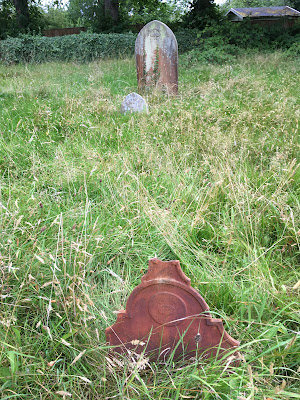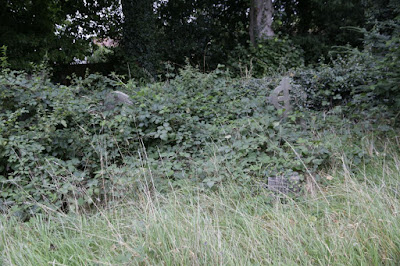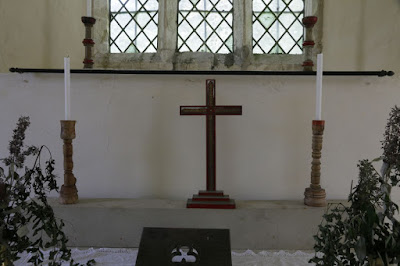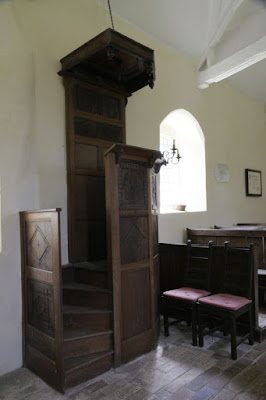Not often you come across a church for sale but that is what I saw on my way to visit another church at Rotherfield Greys. On the way back I topped off to get some pictures before it was sold.
Not a sign you expect to see on a church
Saint Paul at Highmoor Cross was designed by the architect Joseph Morris
of Reading and built by Robert Owthwaite of Henley-on-Thames in 1859 as
a chapel of ease by the vicar of Rotherfield Peppard to cater for the
wider rural population of the parish. The church was apparently paid for
(along with the adjoining unlisted parsonage) by the Revd. Joseph
Smith, the rector of Rotherfield Peppard, as a chapel of ease. Highmoor
was made a separate parish in 1860.
St Paul’s was the parish church of Highmoor
and was declared closed for regular public worship with effect from 1 June
2012, when the parish of Highmoor became united with Nettlebed.
View of the church along the north side
Another shot this time looking west
Taken over the wall towards the church
North side view
West end shot with the bellcote
Have to forgive me with this photo it's a stitch of the south side of the church from one end of the churchyard
The entrance door

Looking through the grass to the East end of the churchyard on the South side
Much of the South west end of the churchyard is covered in Blackberry bushes hiding graves
the just poke up out of the shrubbery
The East end is clearer
Above the stained glass you can see from the outside.
Right the church beside the road on the North side
These graves are on the east end of the church

Above the two war graves you can see. Private A Green & Private R.Baldwin.
Right the remains of a cast grave marker

Above a broken cast marker and a compete one in differing parts of the churchyard
Left the churchyard suffers with long grass
One tomb nearly lost in the grass
Waling around to the East end
The East end where you can see fresh flowers left on family graves
I'll leave you with a shot of the bellcote and the silent bell on St Pauls
Have a great Bank Holiday Weekend
Have a great Bank Holiday Weekend












































































